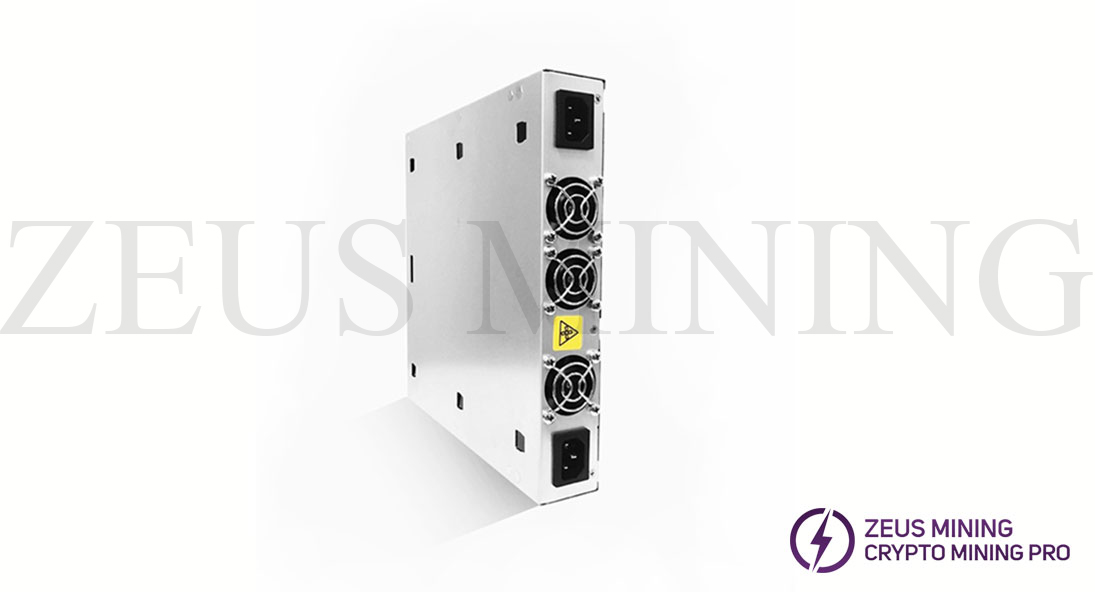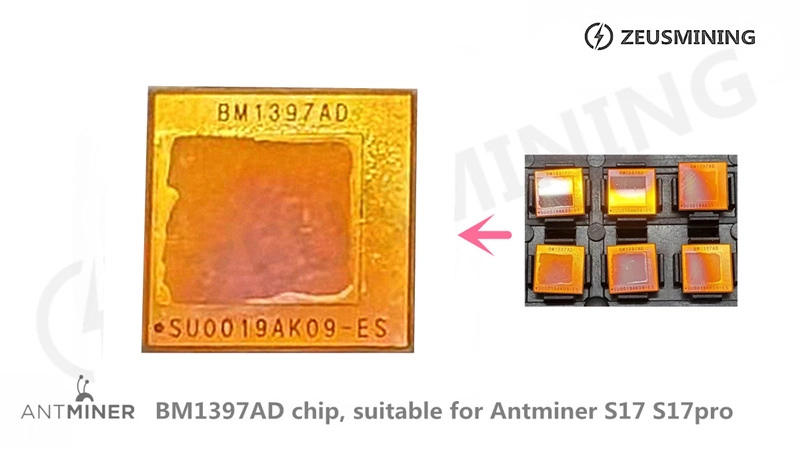ASIC Miner ICERIVER KAS KS0 Profitability In the realm of cryptocurrency mining, the Iceriver KAS KS0 miner has garnered widespread attention. Tailored specifically for the Kaspa network's KHeavyHash algorithm, it boasts high hashing power and low power consumption, making it an ideal choice for many miners. In this article, we will comprehensively assess IceRiver KS0 profitability while considering the Kaspa market conditions and the attributes of KS0 miner. Kaspa Market Dynamics Kaspa is a vibrant cryptocurrency network aimed at delivering high performance and scalability for everyday transactions. At the time of writing this article, the Kaspa coin trades at approximately $0.04959. But it's essential to note that cryptocurrency markets are highly susceptible to price volatility. Hence, investors must remain vigilant about market dynamics. Additionally, the Kaspa network's mining difficulty and reward mechanisms play a role in mining returns. Attributes of the IceRiver KS...
Antminer S17 kernel log common faults and solutions
The following faults are from the backstage kernel log of Antminer S17. Other models of Antminer are for reference only.
Fault 1: The number of chips is incomplete, only some chips are detected
Only 16 chips are detected from the kernel log, but a single S17 hash board has 48 chips, so the chip count is insufficient.
Solution:
Use the fluke 15B+ multimeter to check whether the voltage and resistance of the 5 signal points of the No.16 and No.17 chips are normal and compare them with the resistance of the normal chip to determine the faulty chip.
Fault 2: The power supply voltage is unstable
The unstable power supply voltage will cause the miner's hash board to shut down automatically, and the hash rate calculation cannot be performed, thus causing the miner to be unable to mine normally.
Solution:
a: First, visually check whether the miner's power cord is loose; it is recommended to re-plug or replace a new power cord.
b: Use the fluke 15B+ multimeter to check whether the miner's power supply voltage has reached the standard voltage for the normal operation of the miner. If it does not reach the standard voltage, replacing the Antminer S17 power supply with the new APW9 power supply is recommended.
Click the article How to use a multimeter to test the power supply for more details.
c: Check whether the miner is grounded correctly; if the miner is not grounded correctly, the miner's voltage will also be unstable.
Please refer to the article for miner grounding detection: Check if your miner is properly grounded.
Fault 3: Chip count is 0, no chip detected
Solution:
1. Swap the data cable that shows "find 0 asic" with the other two normal hash board data cables (only the hash board is replaced), and first eliminate the problem of the data cable and the Antminer S17 control board.
2. Check whether the total voltage of the hash board is normal; if it is abnormal, you need to use a fluke 15B+ multimeter to check whether the voltage of each PIC, MOS tube, and boost circuit is abnormal.
3. Measure whether the voltage of the RI signal is normal and directly find the RI signal of a group of chips on the edge of the domain from the middle domain for detection. If it is normal, we will check it forward, and if it is abnormal, we will check it backward.
The RI signal transmission direction of the S17 hash board is shown in the following figure (from No.48 to No.1):
4. If the kernel log and test fixture test results show "ASIC=0 or NO hash board", mainly check whether the voltage of the chip RI signal and the ground value is abnormal. If there is any abnormality, most of them are caused by chip pseudo soldering. First, re-solder it twice. If it cannot be solved, replace the faulty BM1397 chip.








Comments
Post a Comment
Tell us your opinion